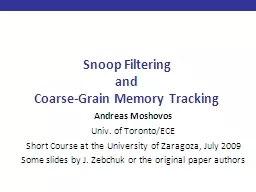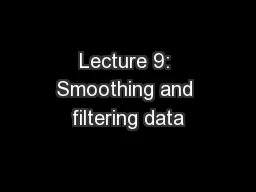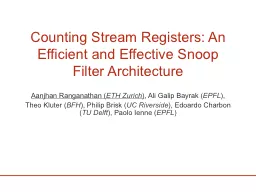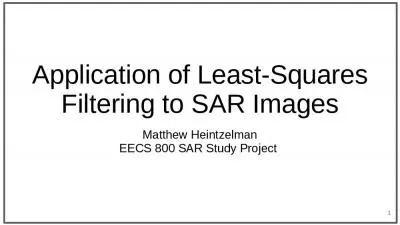PPT-Snoop Filtering
Author : briana-ranney | Published Date : 2016-05-18
and CoarseGrain Memory Tracking Andreas Moshovos Univ of TorontoECE Short Course at the University of Zaragoza July 2009 Some slides by J Zebchuk or the original
Presentation Embed Code
Download Presentation
Download Presentation The PPT/PDF document "Snoop Filtering" is the property of its rightful owner. Permission is granted to download and print the materials on this website for personal, non-commercial use only, and to display it on your personal computer provided you do not modify the materials and that you retain all copyright notices contained in the materials. By downloading content from our website, you accept the terms of this agreement.
Snoop Filtering: Transcript
Download Rules Of Document
"Snoop Filtering"The content belongs to its owner. You may download and print it for personal use, without modification, and keep all copyright notices. By downloading, you agree to these terms.
Related Documents














